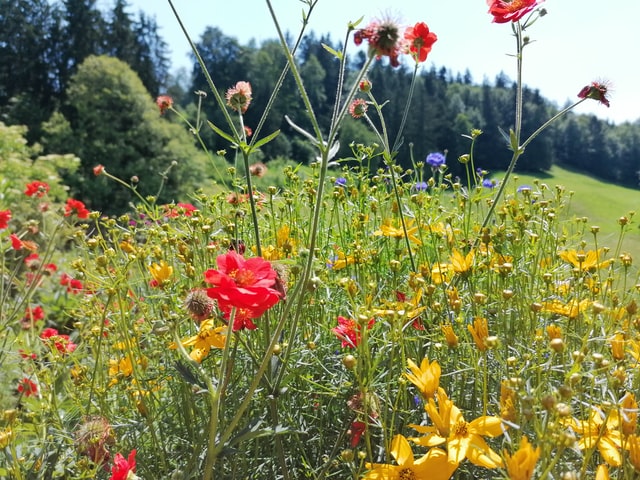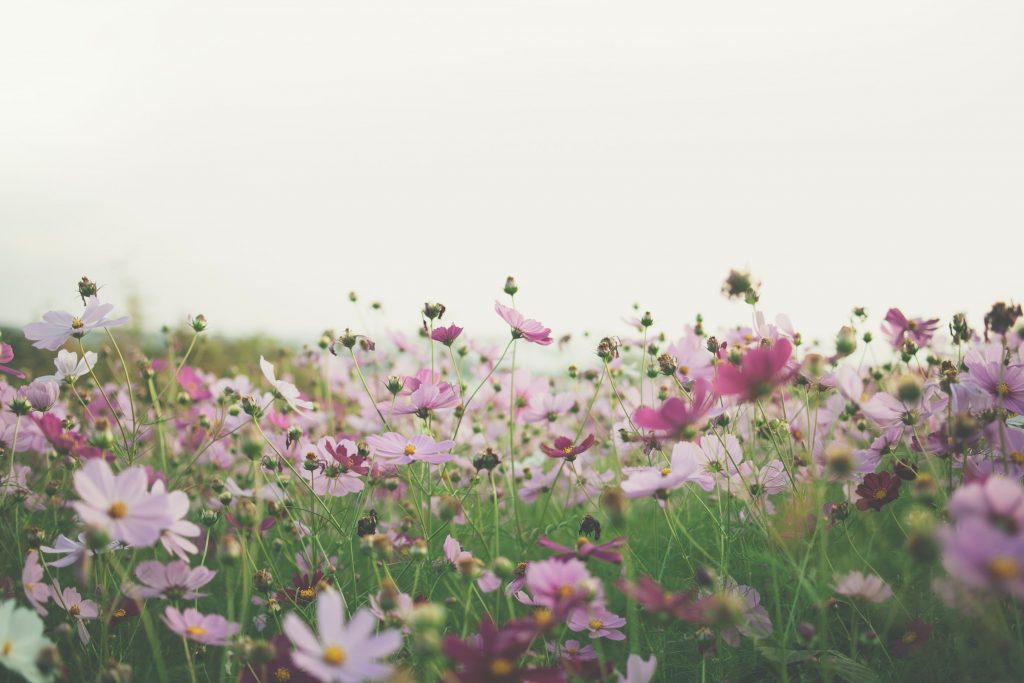By Garden Expert @markloveday

What is Rewilding?
Rewilding is the concept of giving back land to nature. It’s about setting aside land to be reclaimed by the tree, the undergrowth, bees and insects and eventually native wild animals.
An increasing movement of individuals, farmers and ecological philanthropists have devoted their money and resources to rebuilding natural habitats from a few acres to large scale projects.
Dale Vince, green industrialist and owner of the electricity company Ecotricity, is one such rewilder. His journey started 15 years ago when a farmer offered him 40 acres of land that had been completely cleared for grazing. Shortly after this, a whopping 20,000 trees were planted and simply left to do what nature does best – be wild.
‘The last time I went, it was like stepping into a land that time forgot – the rate at which nature works is incredible. We’ve seen an enormous boost in biodiversity of insects, birds and mammals’
Dale Vince, 2021
We’ve seen a lot of focus and effort in highlighting the destruction of the large rainforests and habitats such as the Amazon, while our habitats here in the UK have been eroded over hundreds of years. With 70% of our woodland being held in private hands, rewilding projects have never been so appreciated.
Rewilding has an important part to play in rebalancing our relationship with nature. Whilst the more impressive success stories we hear about are from large landowners or people with significant wealth to be able to acquire land for rewilding projects, there is a role for all garden owners and small plot holders.
Even a small patch in the garden set aside for untamed growth, such as a wild flower meadow or pond, can offer a sanctuary for insects, birds, amphibians and many of our dwindling wild animals.

5 ways to rewild your garden:
- Create a wild flower meadow. Scatter native wildflowers seeds and grasses. Come spring, bees and insects alike will thank you for this haven, whilst you can enjoy the colours, smells and natural beauty.
- Create a wooded area. Even a cluster of small trees and shrubs will provide hiding places and nesting places for birds. If you have enough space you could even build a path or seating area for total peace and serenity as you stroll though and ‘tree-bathe’.
- Create a wild grass patch. Mowing the lawn can be tiresome, especially when you have large grounds. Why not devote a patch to go wild?!
- Create a pond. Many of our native amphibians are in decline – encouraging a safe habitat for toads, frogs and newts to thrive is a great way to protect these animals. Even small birds and mammals will thank you when they come for a drink.
- Create a rockery. Pile old rocks, tiles and bricks in a corner of your garden to provide a home for many species of insects and small mammals. Once built, you can let nature take over and reclaim it over time.
Share your garden stories with us!







